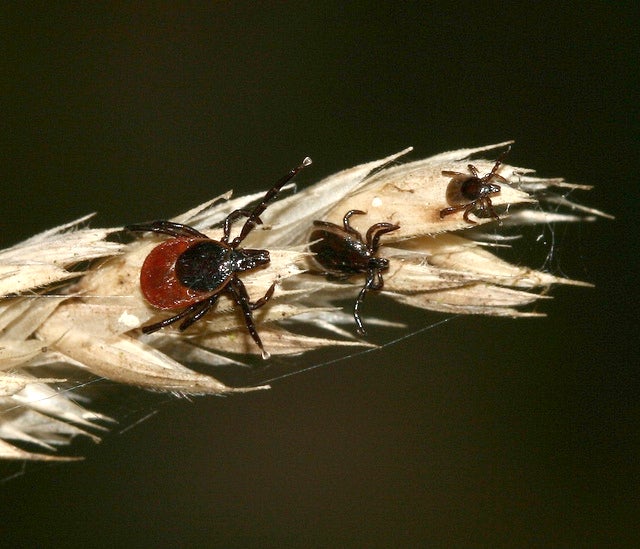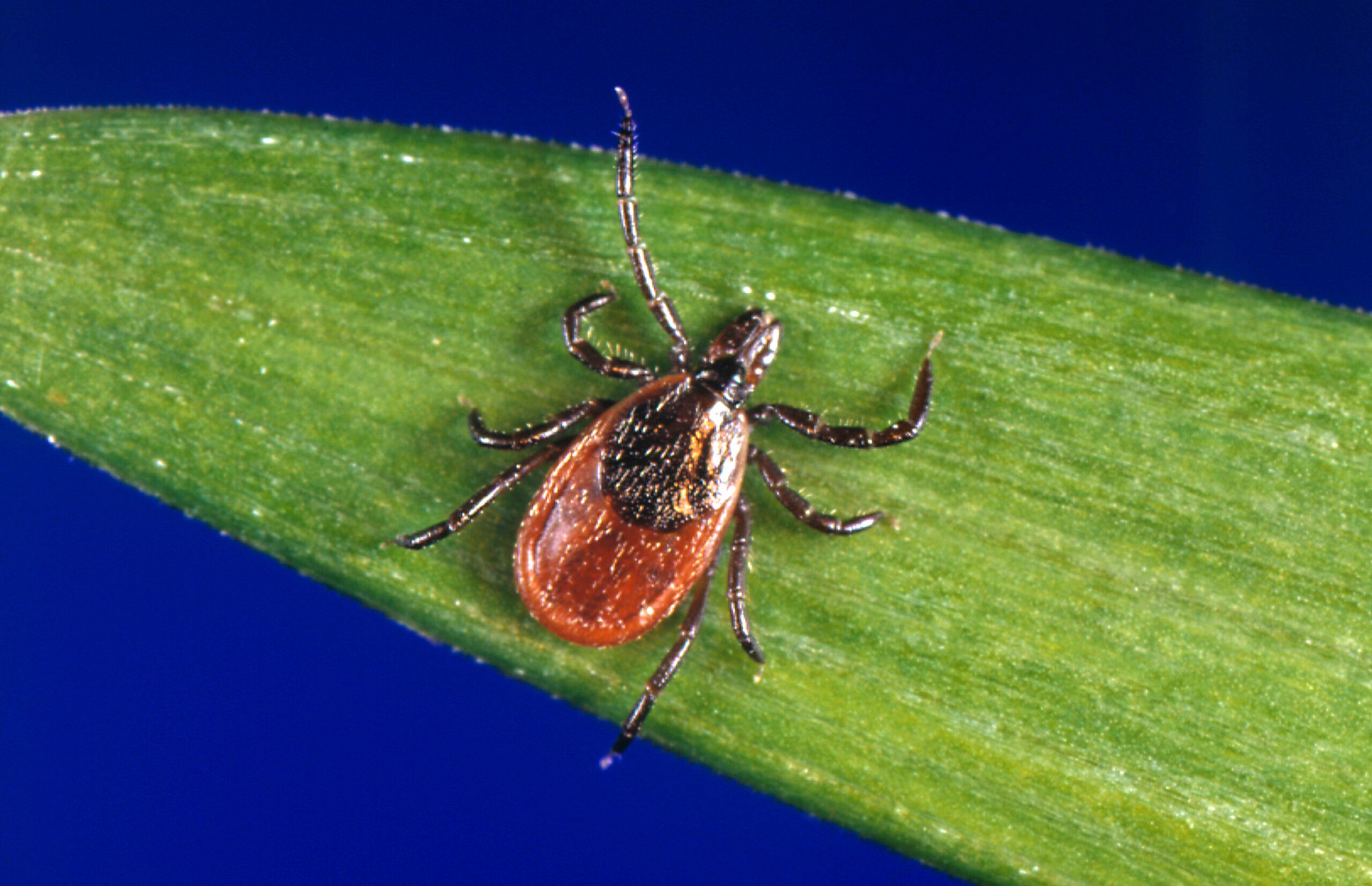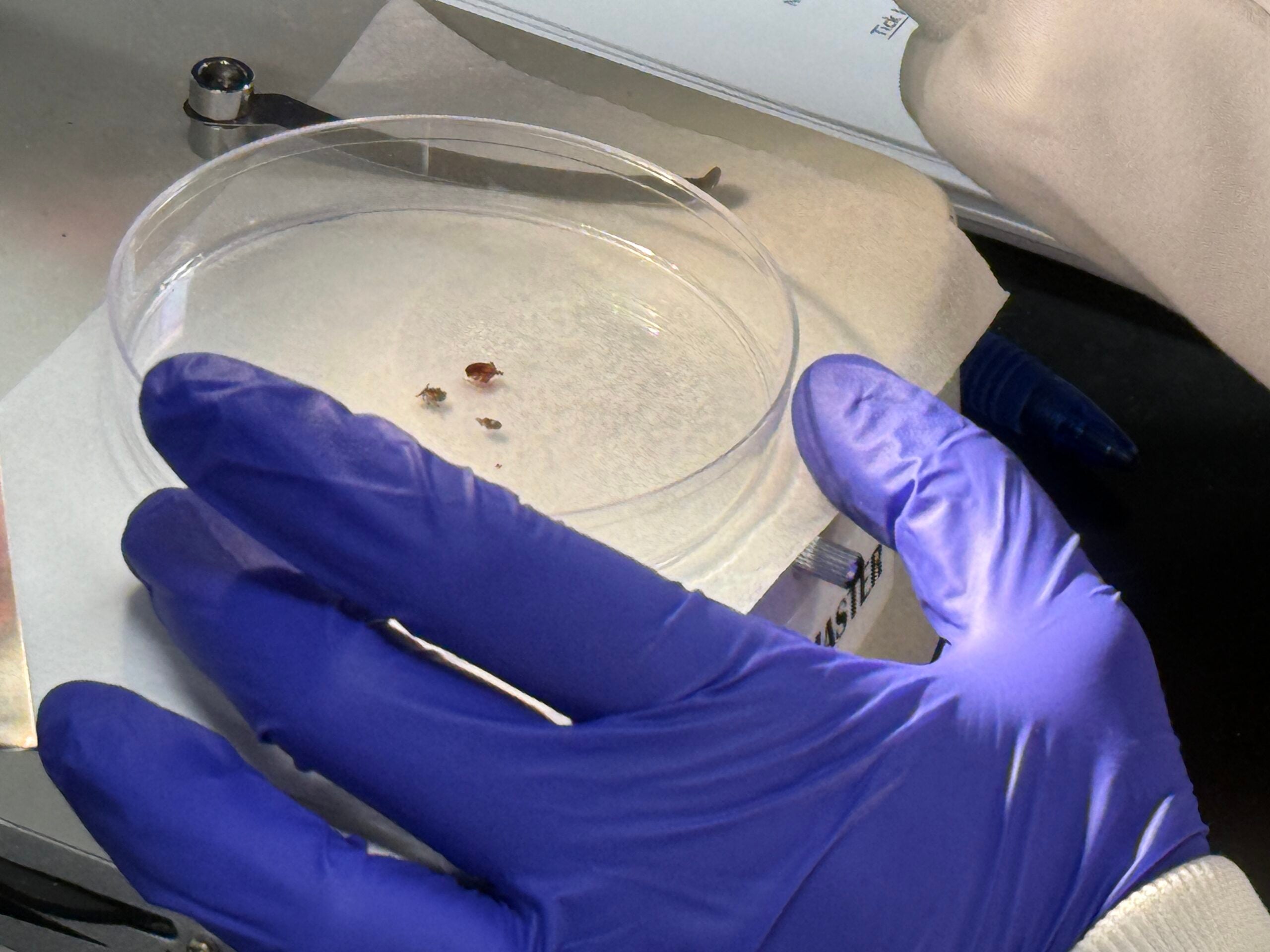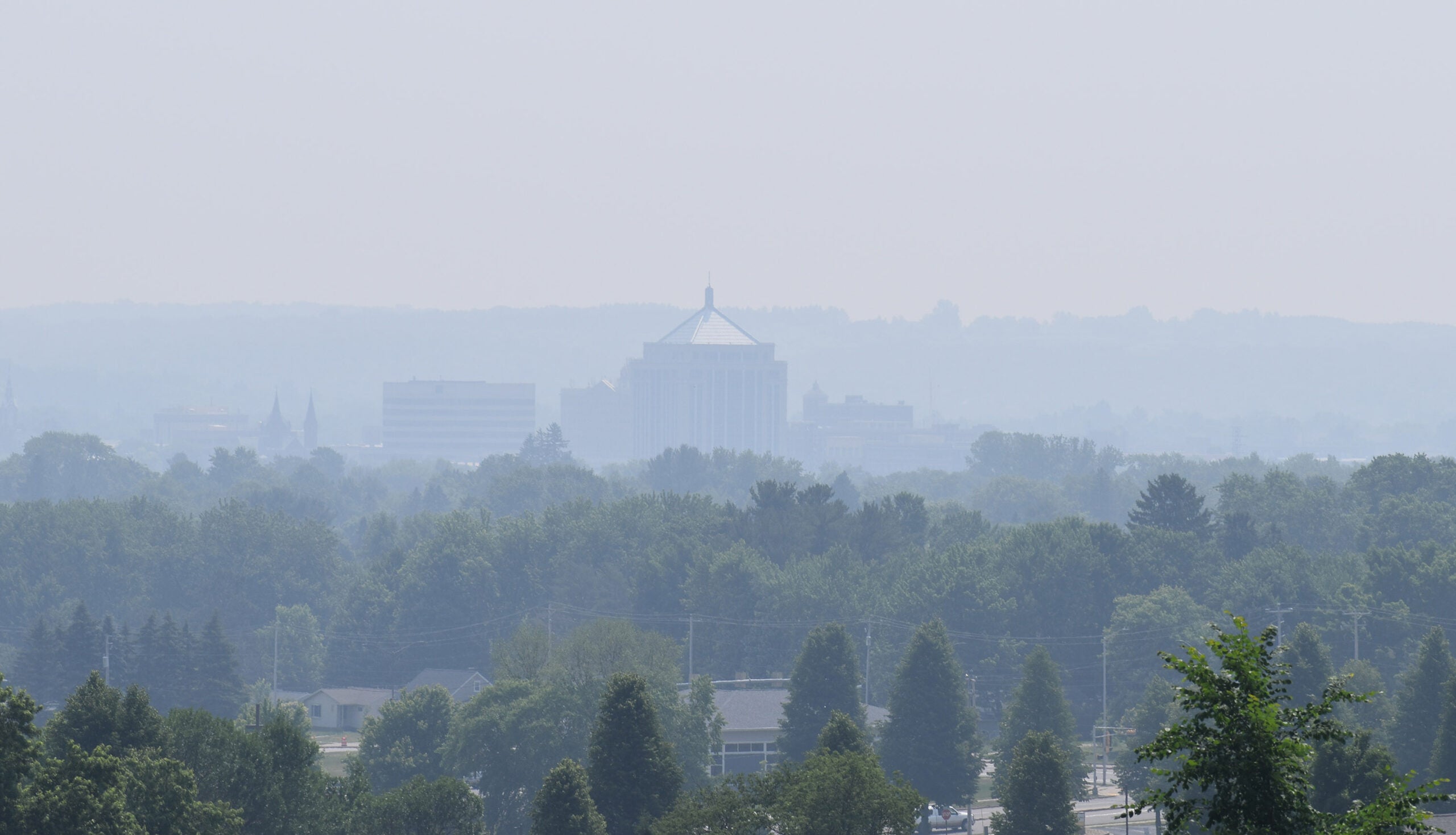Adult ticks, approximately half of whom are infected with the bacteria that causes Lyme disease, are ready to feed earlier than usual this year.
The Wisconsin Department of Health Services and the Midwest Center of Excellence for Vector-Borne Diseases at the University of Wisconsin-Madison started to look for ticks in February, almost two months ahead of schedule.
Experts said the results were not unexpected given the unseasonably warm weather. The arachnids become active when temperatures are above 40 degrees and there is a lack of snow cover.
News with a little more humanity
WPR’s “Wisconsin Today” newsletter keeps you connected to the state you love without feeling overwhelmed. No paywall. No agenda. No corporate filter.
Lyric Bartholomay is a professor in the department of pathobiological sciences at UW-Madison. She recently spoke with WPR’s “The Morning Show” about the early start to tick season.
“It is sort of upsetting, right? Because it’s just so early,” Bartholomay said.
Rebecca Osborn, vectorborne disease epidemiologist at DHS, said the idea that tick season lasts from spring to early fall is outdated given the effects of climate change.
“This early season is definitely a surprise,” Osborn said. “We need to reframe our thinking about ticks and imagine that ticks are really active anytime these temperatures are warmer.”
Despite the early season, Bartholomay doesn’t suspect there will be more ticks than usual this year. Experts also said it’s unclear if tick season will last longer or if more ticks will be carriers of Lyme disease.
Threats to public health
Most of the ticks DHS collected during the month of February were adult deer ticks, also called black-legged ticks.
Osborn said approximately 50 percent of adult deer ticks are infected with the bacteria that causes Lyme disease. But they are bigger, so they are easier to spot for removal. Only about 20 percent of nymphs — or younger deer ticks — carry the bacteria, but they’re smaller and harder to notice. She said they are the ones driving most cases of the illness.
Lyme disease has been on the rise since 1996, according to available data. In 2022, there was a spike in cases with more than 62,500 cases reported to the Centers for Disease Control and Prevention.
The CDC reports last week there were 30 emergency department visits in the Midwest for tick bites per 100,000 emergency department visits. In the same week last year there were 6 visits per 100,000 emergency department visits.
“We might see more people getting sick sooner in the year as a result of these warm temperatures,” Bartholomay said.
Pfizer and Valneva are working on a Lyme disease vaccine. They are in phase three trials now, targeting the types of bacteria that cause Lyme disease in North America and Europe.
Osborn said this is important as Lyme disease is spreading to different parts of Wisconsin and the country. She said deer ticks used to be isolated to the northwestern part of the state, and now they can be found in every county in Wisconsin.
“It’s been difficult to control the pathogen on the landscape because it’s being transmitted between ticks and wildlife,” Osborn said. “Unfortunately, it’s really been up to the individual to protect themselves.”
She said developing a vaccine will help fill the gaps where people fall short.
Bartholomay said until then, it’s important to do tick checks, use repellent and where light-colored clothing in nature so ticks will be easier to spot.
“We have to be really vigilant,” Bartholomay said.
Bartholomay said warmer temperatures may mean other species of ticks could make their way into the state and get established. There have been a few instances of the lone star tick in Wisconsin.
“We have some inspiration to do some more research to see what this kind of rollercoaster of temperature experiences is going to do to the ticks,” Bartholomay said.
Wisconsin Public Radio, © Copyright 2026, Board of Regents of the University of Wisconsin System and Wisconsin Educational Communications Board.




